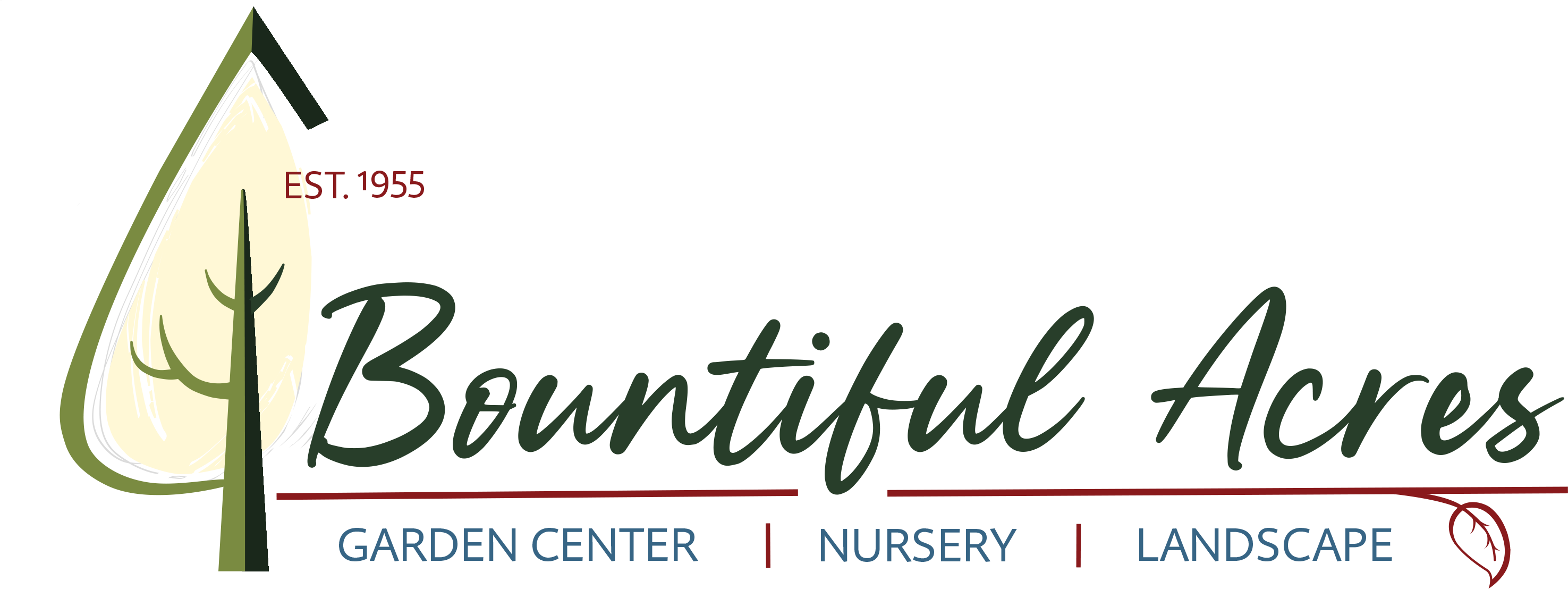The growing season for grass and most other plants won’t begin for another month or so, but there is still plenty to do now to prepare for a beautiful Spring and Summer property.
Lawn Clean-up & Equipment Servicing
Most lawns are a mess by March with sticks, leaves and debris left from Autumn and Winter. They must be removed to avoid damage to the lawn and equipment. Pick-up branches, sticks, papers, etc. and rack leaves. This is the perfect time to have mowers, blowers and trimmers serviced. Drain out any old gasoline; change the oil and filters; and sharpen the blades. When the growing season begins, it usually happens all at once. If you wait, until you need it, you may not be able to get it serviced or repaired immediately. Parts or replacements can be delayed and/or costly. Calling to have a mower serviced in April is likely to yield some strained feelings and an overgrown yard. So don’t wait for April showers and May flowers!
Spring Seeding
It may seem natural to seed in the Springtime when you are planting other things, but seeding in the Springtime can be a bit tricky. Seeds sown in the Spring tend to germinate VERY slowly. Spring seeding can also interfere with crabgrass and broadleaf weed control applications. The application timing for these products is critical and if you have t wait until all recent seeding as germinated, you may miss the proper times to apply your weed control products resulting in a year-long battle to get them under control.
If you really need to do some Spring seeding due to damage from winter wear-and-tear from things like shoveling or snowplows, then we recommend that you seed as soon as possible using a hybrid ryegrass and wait until early May before applying crabgrass or broadleaf control products. You may fertilize or apply insect (grub) control products without worrying about compatibility, but wait on the others.
Seed at a rate of 5-8 lbs. / 1,000 sq-ft and rake the ground lightly to ensure proper seed-soil contact. Under normal conditions, we would advise regular sprinkling of seeded areas through germination. If you have to seed in the Spring, we recommend using a seed establishment mulch. As the seedlings begin to germinate, mow the new grass when it reaches a height of 3-4″ and regularly from then on. Make sure not to mow the lawn when it is wet or you will pull the new seedlings out of the ground. They virtually have no roots yet and will not have them until the soil warms considerably.
March Fertilization
It is recommended to feed lawns four times per year: early and late Spring, then in early and late Fall. The early growing season feedings (1 and 3) help lawns recover from damage done during dormant or semi-dormant periods (insect and diseases). The late season feedings (2 and 4) build strong root systems before dormancy. The first fertilization can be done anytime from early March – May, but if you normally apply crabgrass control product along with the first feeding, then you should wait until early April.
Pre-Emergent Crabgrass Control
Crabgrass is an annual, grassy weed that begins to germinate in early-mid May and continues germinating through mid-July. It then actively grows July – August when cool season turfgrass are semi-dormant. It can ruin a lawn if not controlled every year. Seeds from first year’s crabgrass crop can stay viable in the soil for up to 50 years! As soon as one Spring passes without a pre-emergent crabgrass control application, there will be crabgrass in sunny spots all over your lawn. Once the crabgrass begins establishing roots and spreading (May-July), control is not feasible.
Rodent Control
As the winter thaws, more than just plants emerge from the ground. Many lawns and beds have mole and vole activity. Moles are carnivores that feed exclusively on subterranean insects, grubs and other worms. Voles are omnivores and will eat plant roots as well as subsurface insects. Both are annoying and, in significant populations, can wreak havoc on the root systems of your plants and turf. A challenge in controlling them is that many of the effective rodent poisons can also kill pets, so the government has banned all effective rodenticides. One of the best and safest products is a castor oil-based product. Rodents don’t like castor oil, so they will leave areas where it has been introduced. Speak to your local garden center for more tips on safely administering castor oil.
March Weed Controls
It is too early to try to control dandelions or clover in March. Perennial weeds can only be killed while they are actively growing. Wait until April or May when dandelions and clover begin to flower. There are some weeds that actively grow in March: chickweeds; onion and garlic grass; ground ivy; several forms of veronica; and wild violets are some of the most common cool-season perennial weeds. Cool weather weeds should be sprayed before the first mowing. For the most part, when the grass begins growing, cool weather weeds go dormant and can no longer be effectively controlled until late Fall or early next Spring.





